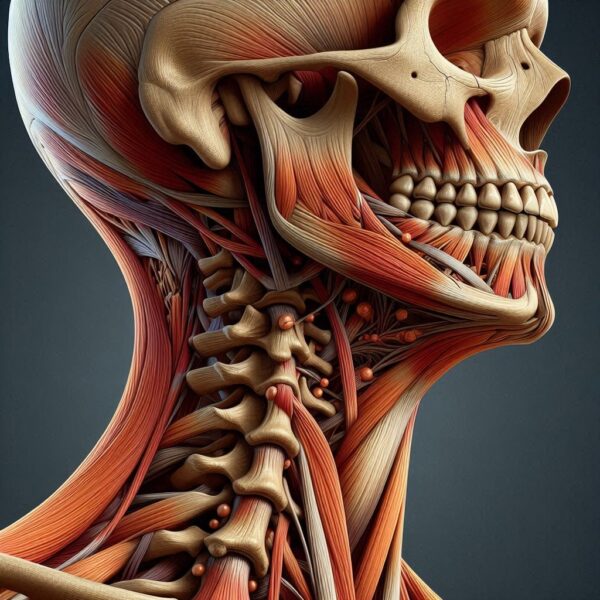
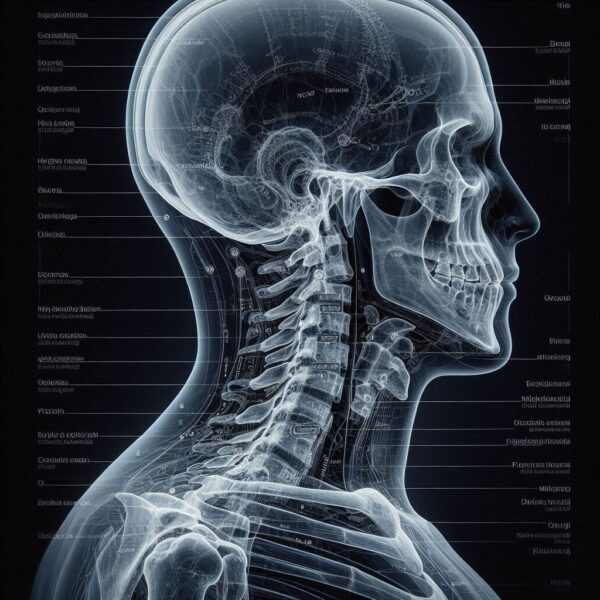
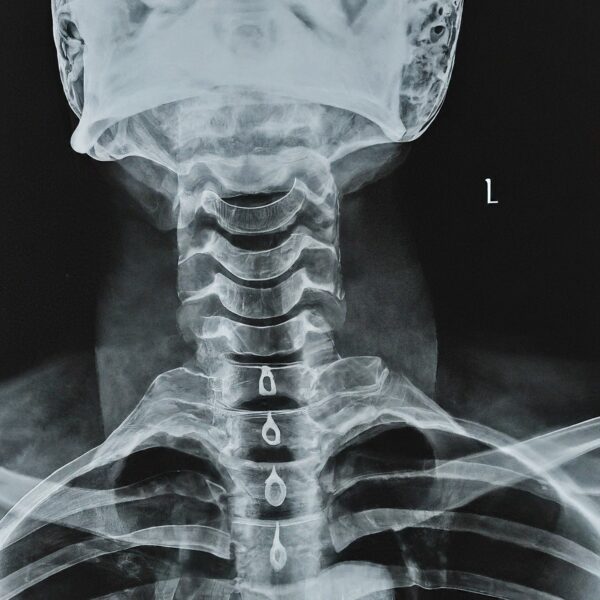


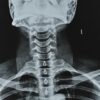
Please note all prices are just for operational fees and without used supplies & devices .
Average non-surgical (medical) treatment fees for International Patients department.
| No. | Service | Price |
|---|---|---|
| 1 | General Wards (per night) | 300$ |
| 2 | Intensive Care Unit (per night) | 500$ |
| 3 | Chemothrapy per night | 100$ |
From: 1,000.00$
The Iran Health Clinic is a reputable medical center that specializes in providing advanced fat transfer treatment to its patients. With a team of experienced doctors who have been trained in the latest fat transfer techniques, the clinic is committed to delivering high-quality care that is tailored to meet the unique needs of each patient.
Using state-of-the-art technology and equipment, the clinic can perform fat transfer procedures that are safe, effective, and minimally invasive. Whether you are looking to restore volume to your face, increase the size of your breasts, or enhance your buttocks, the Iran Health Clinic can help you achieve your desired results.
With a warm and welcoming environment, the clinic strives to make every patient feel comfortable and relaxed throughout their entire treatment process. If you are looking for a trusted medical center for your fat transfer needs, then the Iran Health Clinic is the right choice for you.
A neck fracture, also known as a cervical fracture, is a break in one of the cervical vertebrae in the neck. This type of injury is often caused by trauma such as falls, car accidents, or sports injuries. It can range from a minor fracture to a severe break that affects the spinal cord.
Treatment for neck fractures depends on the severity and location of the fracture, as well as whether the spinal cord is involved. Minor fractures can often be treated conservatively, while more severe fractures may require surgical intervention.
Non-Surgical Treatment:
Surgical Treatment:
Only logged in customers who have purchased this product may leave a review.

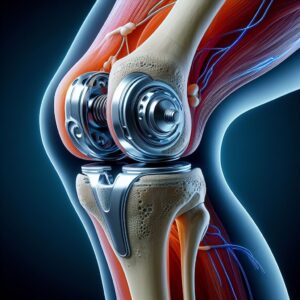



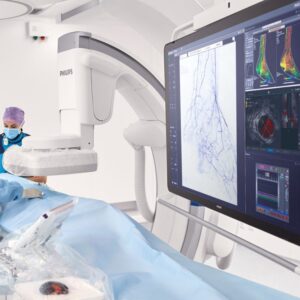
A neck fracture, also known as a cervical fracture, is a break in one of the cervical vertebrae in the neck. This type of injury is often caused by trauma such as falls, car accidents, or sports injuries. It can range from a minor fracture to a severe break that affects the spinal cord.
Treatment for neck fractures depends on the severity and location of the fracture, as well as whether the spinal cord is involved. Minor fractures can often be treated conservatively, while more severe fractures may require surgical intervention.
Non-Surgical Treatment:
Surgical Treatment:
There are no reviews yet.
Only logged in customers who have purchased this product may leave a review.

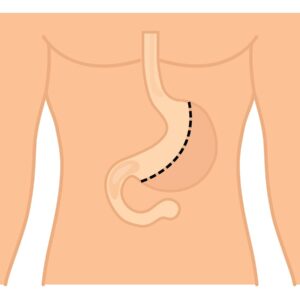

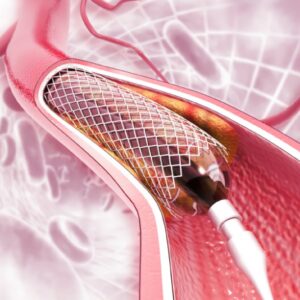
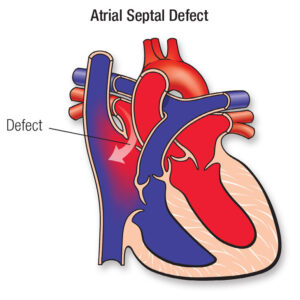
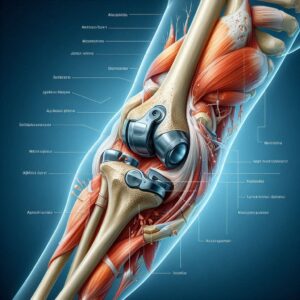
Choosing the right hospital and physician are important factors to consider that significantly influence a patient’s treatment. The preferred choice for many patients is choosing private care.
Choosing the right hospital and physician are important factors to consider that significantly influence a patient’s treatment.
Reviews
There are no reviews yet.